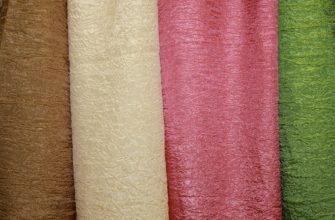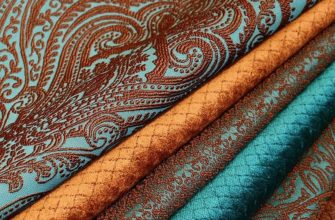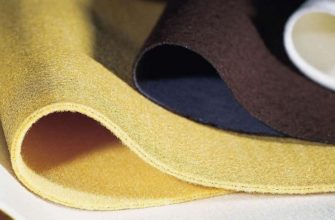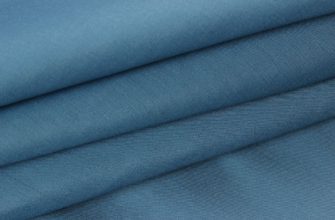The modern world textile market offers a wide range of products for all spheres of human life. An important area is the production of clothing for workers. One of the leading places in it is occupied by a fabric called satori.
Japanese specialists, wishing to make a successful combination of natural and artificial materials, invented the mixed fiber Satori, which almost immediately gained popularity among employees and managers of various industries due to its durability. In today's conditions, it is used by doctors, food workers, and also hotel and restaurant business personnel.

What is satori
This is a mixed material made using the twill weave method. One half of its components is cotton, and the other is polyester. The homeland of this material is Japan, later production was mastered in China, European countries, and also in the Russian Federation. In Japanese, this word means "awakening" or "insight".
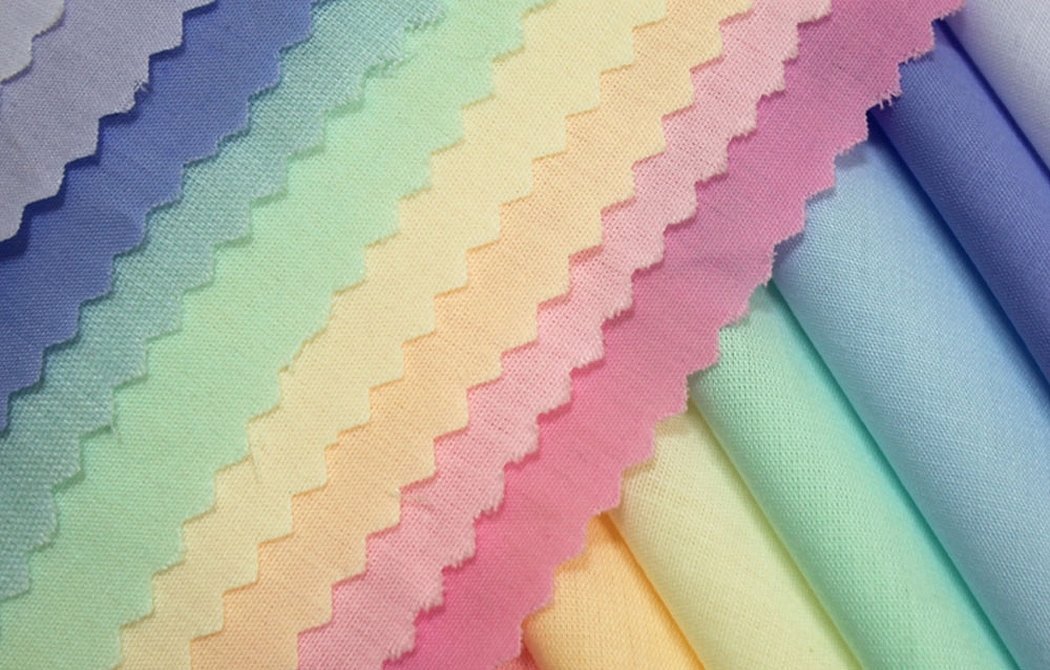
Important! In the manufacturing process, a type of weaving is used, the peculiarity of which is the presence of polyester on the outer part, and only cotton on the inner part, due to which the density and reliability of the fabric significantly increases.

Composition and properties
The combination of natural cotton threads with strong and durable synthetic material and a special technology for weaving these components provides Satori fabrics with the following characteristics:
- flexibility;
- subtlety and mobility. Does not limit body movements;
- water absorption. Effectively absorbs liquid and dries;
- paint durability and a wide range of shades;
- fits well on the body. Double-sided sewing ensures complete absence of discomfort during long-term use of the product.
- super practicality. The outer part holds back stains and moisture for the first time, so the fabric is easy to clean with a napkin or sponge.
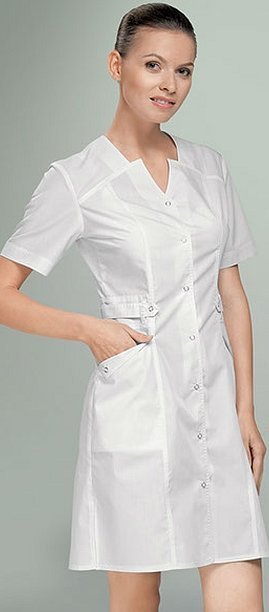
- resistance to deformation. The appearance of the fabric hardly changes, even after long-term use. Ironing the fiber is not necessary, although you can if you wish.
- a small amount of shrinkage. During the manufacturing process, the fabric undergoes forced shrinkage, due to which it does not lose its qualities in the future.
- wear resistance. The fabric will not deteriorate if it is washed frequently, bleached, steamed or even boiled in water.
Types
Traditional Satori has a concentration of 145 g / m2, its composition: 50% cotton and 50% polyester. Modern manufacturers produce different types of canvas, depending on the following characteristics: density, weave shape and components of the material:
- Light is a very delicate and dense fabric with linen binding. Concentration: 115 g/m2;
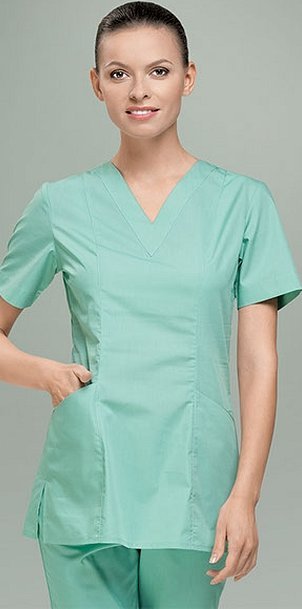
- Satin - characterized by high density (190 g/m2) and a glossy appearance on the front side;
- Bamboo — a mix of bamboo and cotton is used, concentration 145 g/m2. This fabric is natural, very light and has antimicrobial protection. It has heat-regulating qualities — in cold conditions it insulates, and in hot conditions — it lowers the temperature and creates a cool effect;

- Comfort - consists entirely of cotton fiber, interwoven using twill technology, concentration 165 g / m2. Characterized by good air permeability, very pleasant for the body;
- Soft is not so dense (130 g/m2), it contains a large amount of natural components - 60% cotton and 40% polyester;
- Light-Stretch - its feature is a high level of elasticity and flexibility;
- Extrastretch - guarantees a strong fit in things, room for body movement with the help of lycra, which is present in the composition of this type (4%) stretches perfectly in the areas of the largest bend. Other components: 57% cotton, 39% polyester;

- Tencel - has a soft and velvety texture. Composition: 50% polyester, 50% Tencel® (improved viscose fiber). Tencel absorbs and removes liquids from the skin much faster than cotton, for this reason this material provides better indicators of ease of use;
- Twill (TWILL) is a fabric made using the twill weave method and possessing excellent plasticity and lightness, the concentration is very high - 180 g/m2;
- Ultra is a 2015 innovation from a Japanese manufacturer. Components: 60% cotton, 40% polyester, the concentration is 210 g / m2. Clothes made from such fabric sit perfectly on the body throughout the day, so it is suitable for workers with daily shifts;

- Print - a canvas produced by the English company "Carrington", with a printed image or ornament. For a better combination, it is recommended to combine Print-satori with a plain fabric. There is a large selection of ready-made designs, or you can order your own print.
Application
Satori fabric, all types of which are comfortable, easy to care for and highly durable, has become an indispensable item in the production of medical clothing. Uniforms made from this material are used by workers in cleaning companies, the catering industry and the hotel and restaurant business.
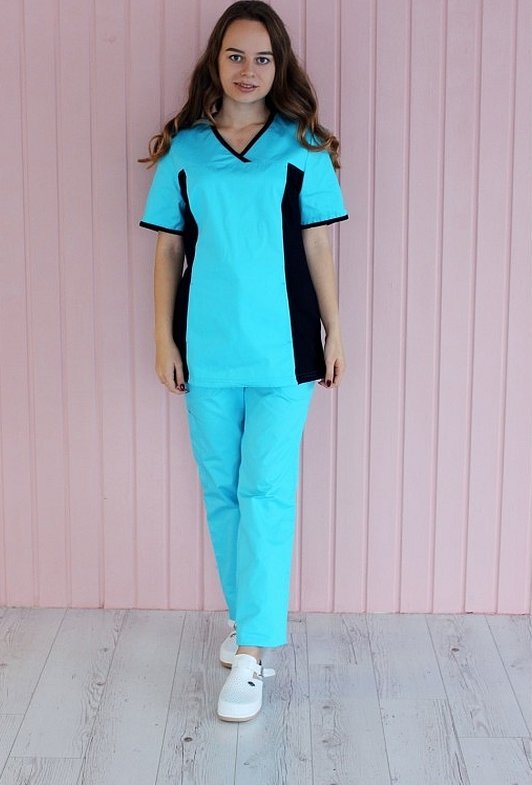
How to choose the right material
When choosing a fabric, it is important to pay attention to the country of manufacture and composition. Ideally, the country of manufacture is Japan, since this is the birthplace of the fabric, which means that its production technology is fully observed there.

It is important to consider, for what purpose the material is purchased.
- When choosing uniforms for restaurants and cafeterias, the fact that logos are applied to elements of branded clothing is usually taken into account. Therefore, the satori surface must retain the print when ironed and washed.
- When choosing fabric for medical clothing, it is worth paying attention to the appearance of the fabric.
Attention! The lowest cost products are those made using the classic and Satori Light sewing. The highest price segment includes Satori Tencel.
Care
Note: Autoclaving of uniforms for surgeons, obstetricians and similar professionals should be carried out on a regular basis.
- You cannot wash white items together with colored ones. The washing temperature for white clothes is 40-60 degrees, for colored and mixed clothes - no higher than 40.
- Only white items should be bleached.
- The iron for ironing the fabric should be at a temperature of approximately 150 degrees. As a rule, this fabric does not need to be ironed, it is enough to hang the item on a hanger, where it will straighten itself.
- The material can be additionally processed on the outside, in order to make the item easier to maintain, and can be subjected to additional processing on top, making it easier to care for the product.
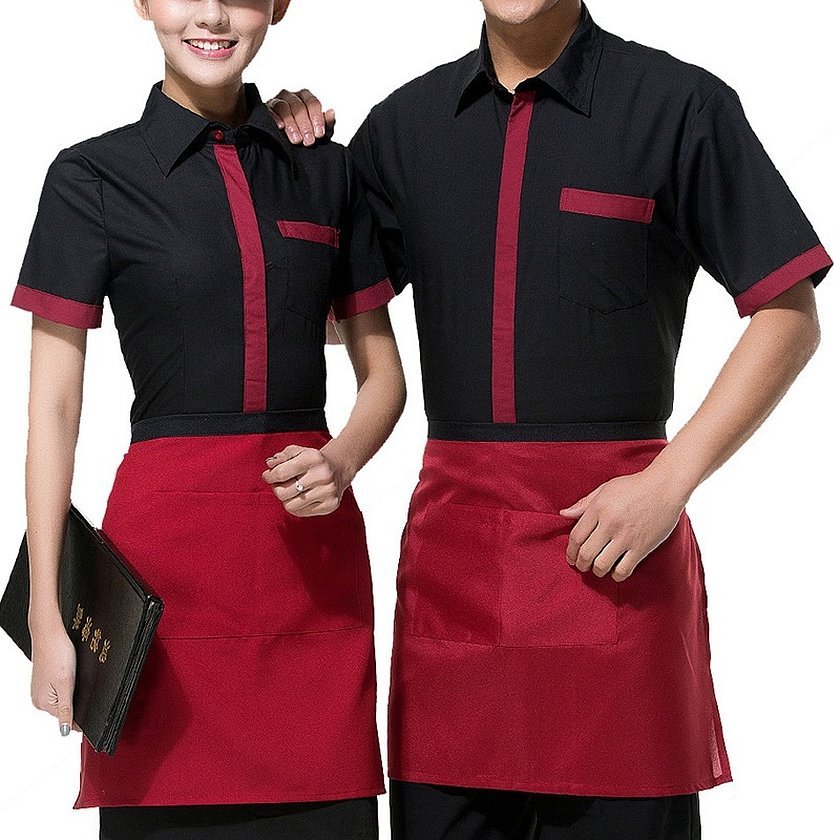
Advantages and disadvantages
This fabric is easy to wash in hot water, can be boiled and bleached with chlorine-containing agents.
- wear resistance significantly reduces the cost of purchasing clothing for staff;
- Its eco-friendliness and naturalness make it possible to wear it all day long, while feeling sufficient air penetration through the fiber;
- The elasticity and plasticity of the material makes it not only comfortable to wear, but also provides a wide choice of beautiful and elegant models.
- thanks to the unusual way of weaving the threads, the surface of the fabric is very dense and is able to retain and repel all types of stains and liquids, which is very necessary for all medical workers;
- The elasticity of a garment made from Satori fabric ensures that it does not wrinkle, so it always maintains a favorable appearance;
- If such clothes are very dirty, you can use an autoclave to clean them. They will perfectly tolerate this method of cleaning and will not lose their external qualities.

Clothing made from Satori fabric is a combination of naturalness, comfort and ease of care. Global trends show that every year this form is used by more and more companies and their employees, who value its practicality, lightness and accessibility.

